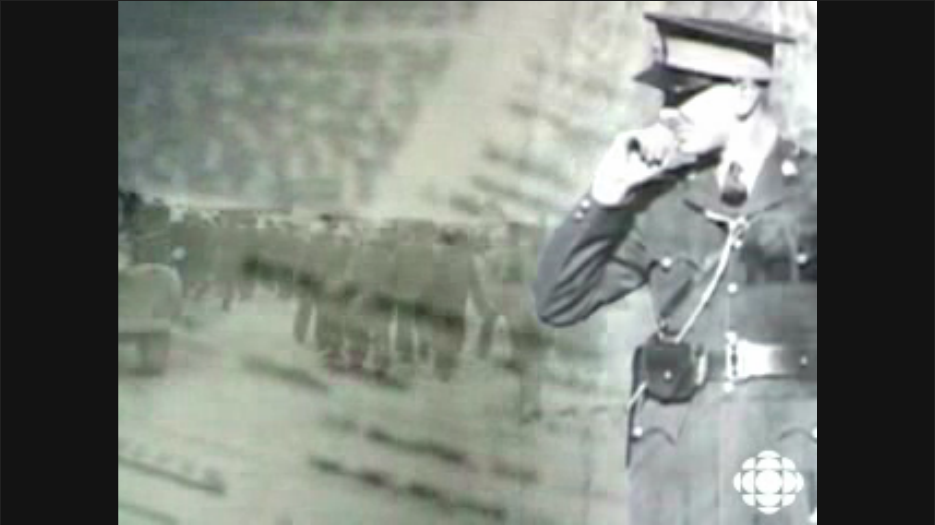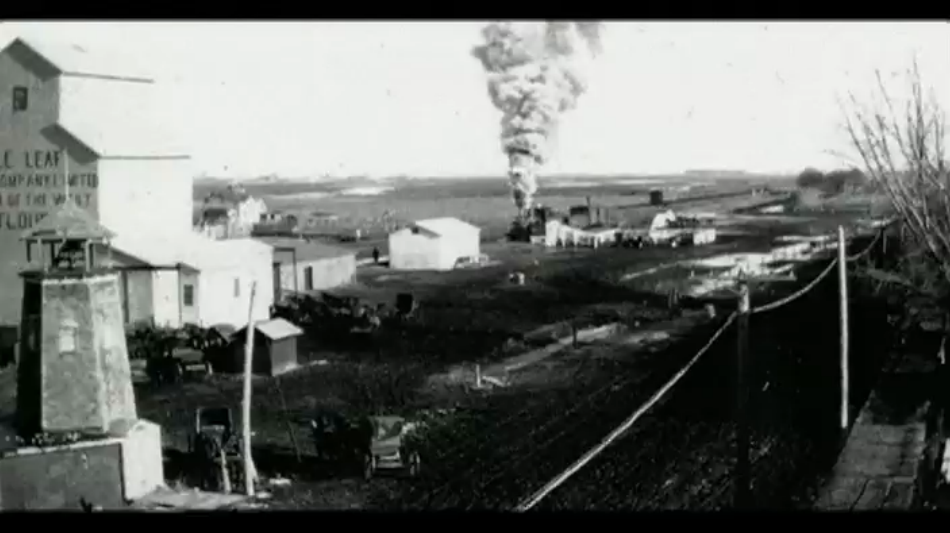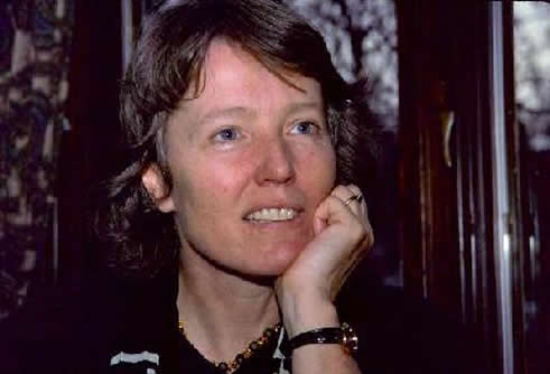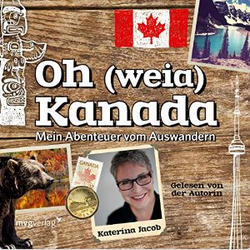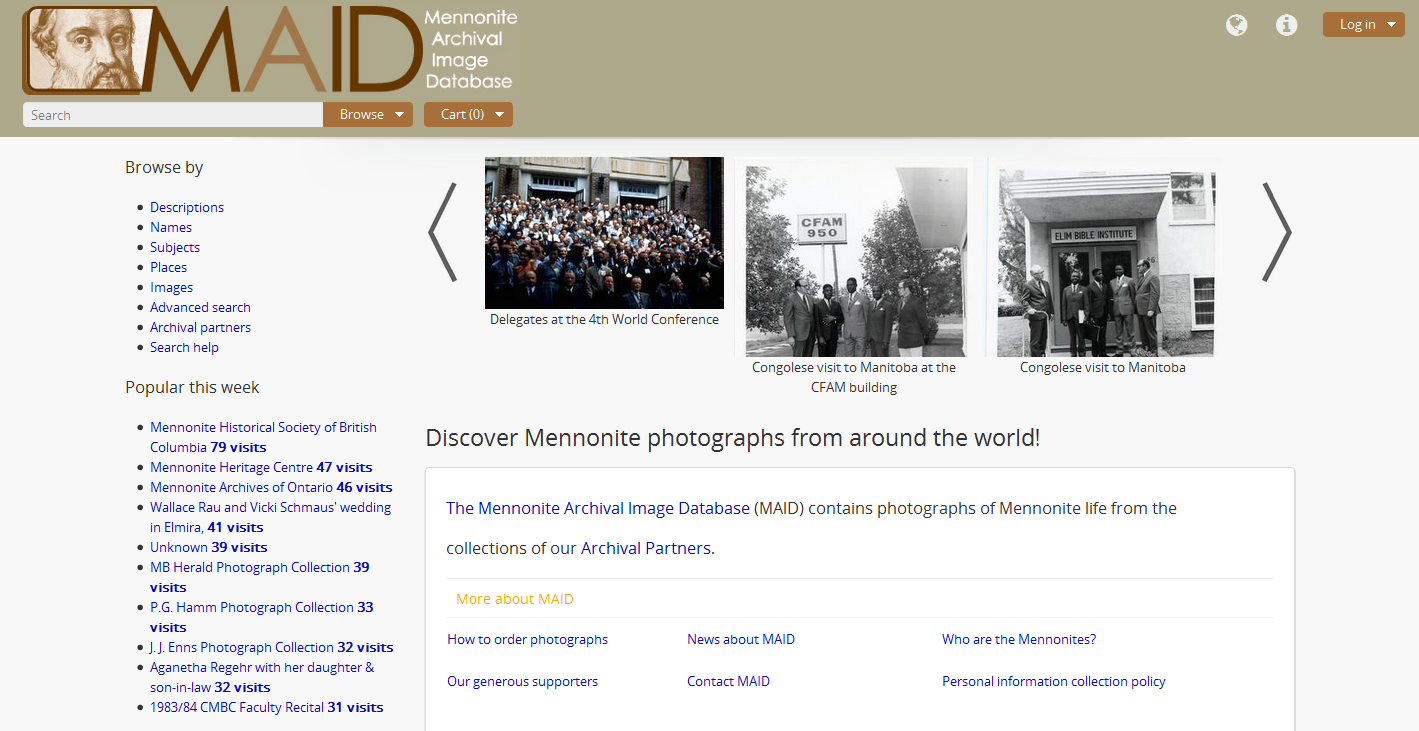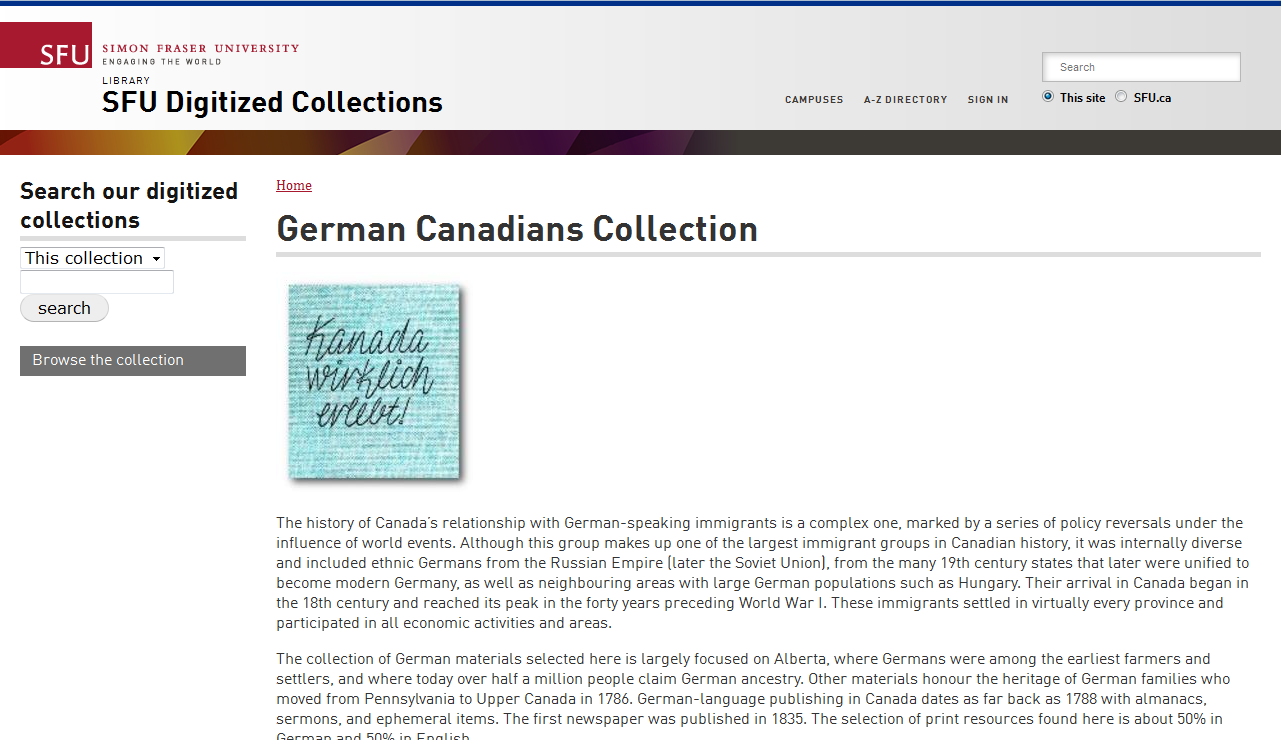Unterwegs in Kanada – British Columbia
NDR Norddeutscher Rundfunk
Western Canada
Die Deutsche Sanna Seven Deers ist dem Indianer David vor 15 Jahren in die Wildnis gefolgt – in eine Idylle mit Schattenseiten, denn hier in der ländlichen Gegend trifft David immer noch auf Rassismus.
Greenwood ist eine alte Minenstadt ganz in der Nähe, mit 675 Bewohnern die kleinste Stadt Kanadas. Vor über 100 Jahren haben Goldsucher hier noch ihre Zelte aufgeschlagen. Einmal im Jahr reisen die Menschen aus den umliegenden Regionen zum Feiern an.
Das Fest Rock Creek Fall Fair ruft: mit vielen Tieren und unzähligen Wettbewerben. Fred Marshall und seine Frau Jane sind wie immer dabei. Fred besitzt eine Menge Land. Als Spezialist in Sachen Holz kümmert er sich zusammen mit seiner Frau um nachhaltige Forstwirtschaft. Ein Nebenerwerb ist seine kleine Herde biologisch gehaltener Rinder, die der 68-Jährige noch regelmäßig hoch zu Ross von einer Weide zur nächsten treibt.
Eine ganz andere Landschaft bietet das fruchtbare Okanagantal mit seinen vielen Seen und dem milden Klima. Direkt am 120 Kilometer langen Okanagan Lake liegt Grey Monk, eines von vielen Weingütern in diesem bekannten Wein- und Obstanbaugebiet.
LINKS: YouTube
